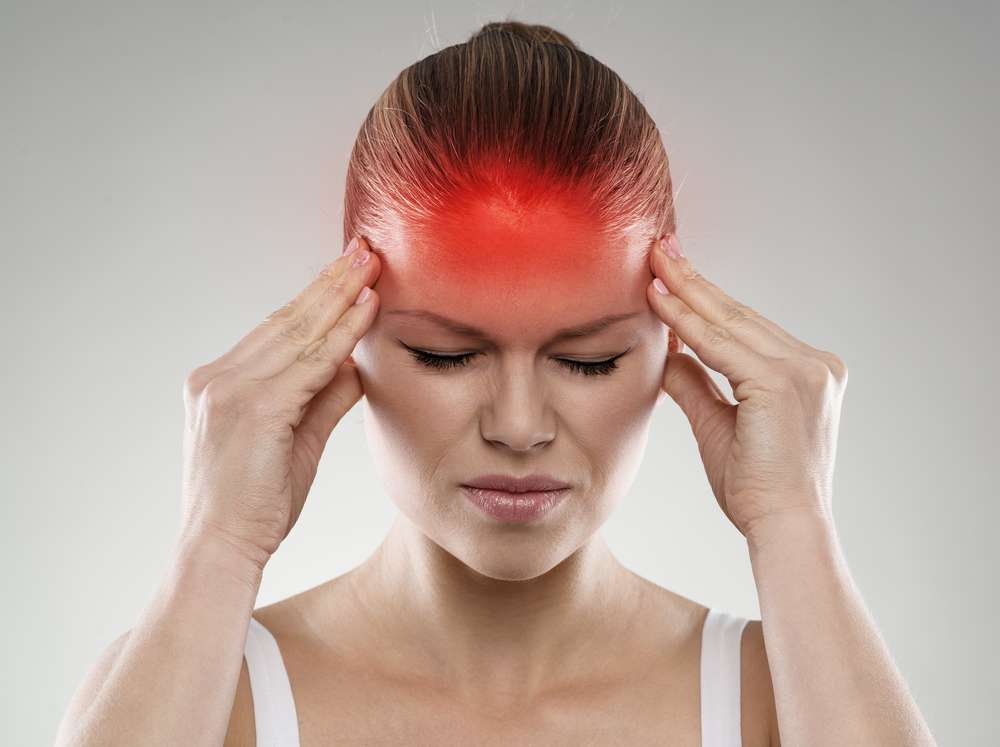Frequent Migraines: What They Can Mean and How to Cope
Frequent migraines affect millions of people worldwide, causing intense throbbing pain that can disrupt daily activities and significantly impact quality of life. Unlike occasional headaches, recurring migraines often signal underlying patterns or triggers that require attention and proper management. Understanding what frequent migraines mean for your health and learning effective coping strategies can help reduce their impact and frequency, allowing you to regain control over your daily routine.

Common Triggers That Can Cause Migraines
Migraine triggers vary significantly between individuals, but several common factors consistently contribute to migraine episodes. Hormonal fluctuations, particularly in women during menstrual cycles, pregnancy, or menopause, frequently trigger migraines. Dietary triggers include aged cheeses, processed meats containing nitrates, chocolate, alcohol, and foods with monosodium glutamate (MSG). Environmental factors such as bright lights, strong odors, weather changes, and barometric pressure shifts can also precipitate attacks.
Sleep disturbances, whether too little or too much sleep, irregular sleep schedules, and poor sleep quality often trigger migraines. Stress remains one of the most significant triggers, with both acute stress and the relaxation period following stressful events potentially causing episodes. Dehydration, skipping meals, and excessive caffeine consumption or withdrawal can also initiate migraine attacks. Identifying personal triggers through detailed headache diaries helps develop targeted prevention strategies.
How to Tell the Difference Between a Migraine and a Regular Headache
Distinguishing migraines from regular headaches involves recognizing specific characteristics and accompanying symptoms. Migraines typically cause moderate to severe throbbing or pulsating pain, often concentrated on one side of the head, though they can affect both sides. The pain intensity usually prevents normal activities and worsens with physical movement or routine activities.
Migraines frequently include additional symptoms absent in regular headaches: nausea, vomiting, and sensitivity to light, sound, or smells. Many migraine sufferers experience aura before or during attacks, including visual disturbances like flashing lights, zigzag patterns, or temporary vision loss. Regular tension headaches, in contrast, typically cause mild to moderate steady, pressing pain across both sides of the head without accompanying nausea or sensory sensitivities.
Migraine duration also differs significantly, lasting anywhere from four to 72 hours if untreated, while regular headaches usually resolve within a few hours. The debilitating nature of migraines often requires rest in dark, quiet environments, whereas people with regular headaches can typically continue their activities with minimal disruption.
Lifestyle Changes That May Help Reduce Migraine Frequency
Implementing consistent lifestyle modifications can significantly reduce migraine frequency and severity. Establishing regular sleep patterns by going to bed and waking at consistent times, aiming for seven to nine hours of quality sleep nightly, helps stabilize migraine patterns. Creating a sleep-conducive environment with blackout curtains, comfortable temperature, and minimal noise supports better rest quality.
Dietary modifications play a crucial role in migraine prevention. Eating regular, balanced meals prevents blood sugar fluctuations that can trigger attacks. Staying adequately hydrated by drinking water throughout the day helps prevent dehydration-related migraines. Limiting or eliminating known dietary triggers while maintaining a food diary helps identify personal sensitivities.
Regular moderate exercise, such as walking, swimming, or yoga, can reduce migraine frequency by improving circulation, reducing stress, and promoting better sleep. However, sudden intense exercise can trigger migraines in some individuals, so gradual activity increases work better. Stress management techniques including meditation, deep breathing exercises, progressive muscle relaxation, and mindfulness practices help reduce stress-related triggers.
When It’s Time to See a Doctor About Migraines
Seeking medical attention becomes essential when migraines significantly impact daily functioning or exhibit concerning patterns. Consult a healthcare provider if migraines occur more than four times monthly, last longer than 12 hours, or progressively worsen in intensity or frequency. Sudden onset of severe headaches unlike previous experiences, especially those described as “the worst headache of your life,” requires immediate medical evaluation.
Additional warning signs requiring prompt medical attention include migraines accompanied by fever, stiff neck, confusion, difficulty speaking, weakness, numbness, or vision problems that don’t resolve. Headaches following head injuries, those occurring with seizures, or migraines that change significantly in pattern or characteristics also warrant medical evaluation.
Healthcare providers can rule out underlying conditions, provide accurate diagnosis, and develop comprehensive treatment plans. They may recommend imaging studies, blood tests, or referrals to neurologists or headache specialists for complex cases requiring specialized care.
Treatment Options and Strategies for Migraine Relief
Migraine treatment approaches include both acute treatments for active episodes and preventive strategies to reduce frequency. Over-the-counter pain relievers like acetaminophen, ibuprofen, or aspirin can provide relief when taken early in mild to moderate attacks. However, overuse of these medications can lead to rebound headaches, so following recommended dosing guidelines is essential.
Prescription acute treatments include triptans, which specifically target migraine mechanisms and work most effectively when taken at symptom onset. Anti-nausea medications help manage accompanying digestive symptoms, while combination medications address multiple symptoms simultaneously. For frequent migraines, preventive medications such as beta-blockers, anticonvulsants, or antidepressants may be prescribed to reduce episode frequency and severity.
Non-pharmacological treatments complement medication approaches effectively. Cold or warm compresses applied to the head or neck can provide relief during attacks. Relaxation techniques, biofeedback, and cognitive behavioral therapy help manage pain and reduce trigger sensitivity. Some people find relief through acupuncture, massage therapy, or chiropractic care, though effectiveness varies individually.
Frequent migraines require comprehensive management combining trigger identification, lifestyle modifications, and appropriate medical treatment. Working closely with healthcare providers ensures proper diagnosis and treatment optimization while implementing practical coping strategies helps minimize migraine impact on daily life. With proper management, most people with frequent migraines can achieve significant improvement in their symptoms and quality of life.
This article is for informational purposes only and should not be considered medical advice. Please consult a qualified healthcare professional for personalized guidance and treatment.




